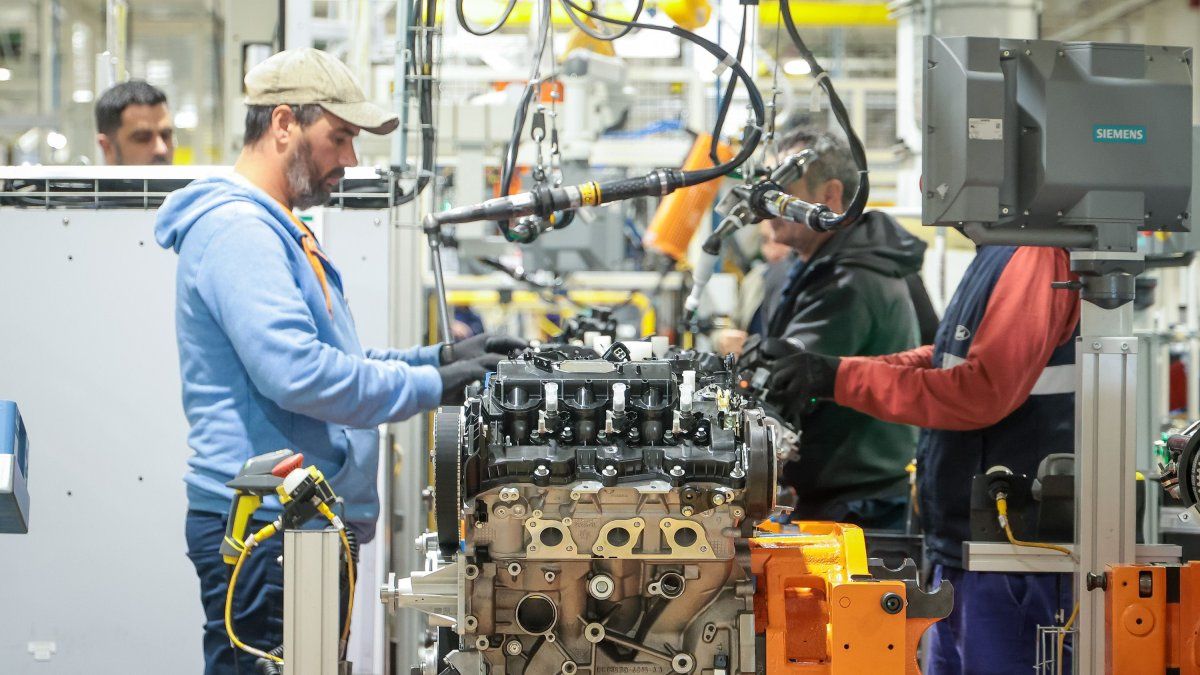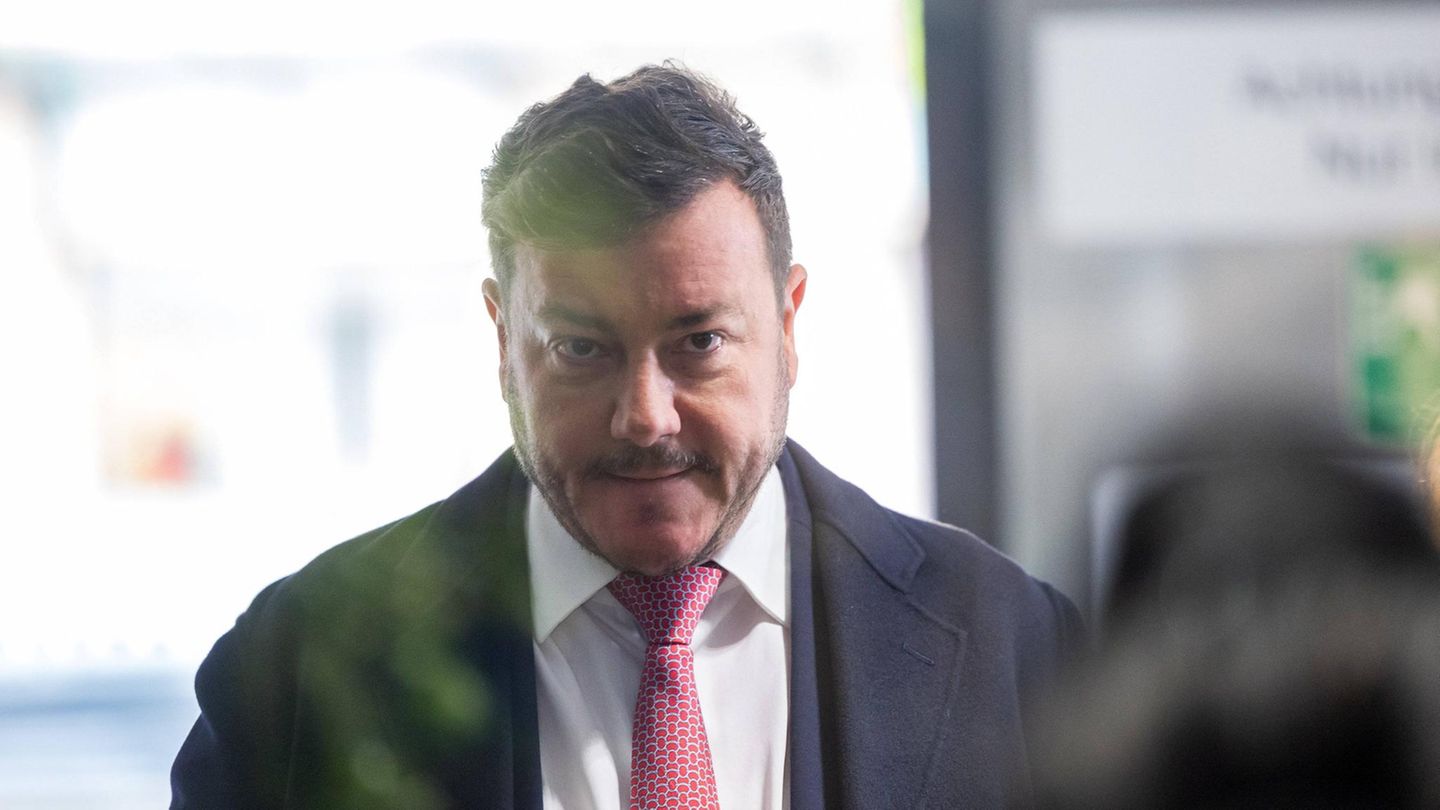When the economy seemed to find a floor in March, the Government dared to maintain that in the following months a “V” bounce. While there are sectors that have shown a buoyant performance so far in 2024, such as agriculture, energy, mining or fishing, the numbers of other activities with a large contribution to the Gross Domestic Product (GDP), such as The manufacturing industry, construction and trade were far from showing an upward trend..
This week, INDEC reported that the Industrial Production Index (IPI) In June, the economy fell by 1.6% compared to the previous month, reaching its lowest level since June 2020, when Covid-19 paralyzed the entire economy. In year-on-year terms, the drop was 20.1%, similar to the figure for March, which was the worst since the pandemic.
However, the advances in July, not only in industry but in other sectors, give rise to greater optimism for the future. “The preliminary indicators for July show a very strong monthly rebound that more than offsets the declines in June, consistent with our scenario that contemplates a W-shaped recovery in activity with inter-monthly volatility and sectoral heterogeneity“, they stressed from Facimex.
The first data for July were encouraging
In the industrial segment, the automotive sector gave the first positive numbers. The productionas reported by ADEFA, grew 38.7% compared to June, while the patentingaccording to ACARA, rose almost in the same proportion, highlighting a greater presence of national cars in the market, after several months with increasing participation of Brazilian products.
In parallel, the sales to dealers rose a slight 2.2% and the exports increased by more than 35%, driven by light vehicle sales. Regarding the latter, it is worth highlighting that vehicle shipments to Brazilmainly for the transport of goods but also for the transport of passengers, accounted for the majority of the significant year-on-year growth in foreign sales to the neighbouring country, according to a report by Abeceb.
In line with the automotive industry, The manufacture of agricultural machinery, which was hit hard in the first months of the year, showed monthly increases of more than 50% both in the grain harvester segment and in tractors and sprayers. “This recovery will surely be multifactorial, supported by the businesses derived from Agroactiva and perhaps also because Customers who decide to convert their grains into machinery in the face of the downward trend in prices“, explained ACARA.
Fundar economist, Thomas Canosahe stressed to this medium most business days already the policy of reduction in rates of interest as factors that boosted industrial activity in July. However, he clarified that this rebound “is still part of a very deep recession.”
For its part, Noelia Abbateeconomist at Parity in Macri, does not see a solid recovery process. “Everything is still very unstable, but I think that the fact that the largest increases in terms of tariffs and disseminated inputs have occurred before, has a great influence on the fact that there are now some increases. In any case, in interannual terms, The evolution remains well below the levels observed in the same period of the previous year.“, he noted.
The cement shipmentsclosely linked to the demand for construction, grew by 25.9% monthly in July. In this way, they recovered from the sharp fall suffered in June that had cut short the recovery process that had begun in April.
In the same sense, the Index Buildwhich measures the evolution of the volumes sold to the private sector by 12 leading companies in the manufacture of construction supplies, increased by 12.1%.
“We believe that the gradual macro stabilization, as well as the credit reappearance for the private sector, including the mortgage sector, are beginning to have a positive impact on the dynamics of the sector,” said Grupo Construya.
A First Capital Group survey showed that loans to the private sector were 16.5% higher in July than the previous monthin nominal terms. The figure far exceeds inflation estimated at around 4%, which is why it was the third consecutive real increase.
It was mainly pulled by the personal loans and the credit card transactions. “Commercial promotions for sales in fixed installments, with or without interest, are becoming more widespread in the face of the expectation that inflation rates in the coming months will remain at limited levels. At the same time, banks are updating credit limits to encourage the use of plastic,” said Guillermo Barbero, partner at First Capital.
Meanwhile, the mortgage loans They rose by 8.6% nominally, thus beating inflation for the second month in a row. “It should be noted that although the trend is positive, the absolute values that are being handled are well below what this line should have in a healthy and consolidated economy,” Barbero clarified.
Is this rally sustainable?
Looking ahead, Canosa highlighted consumption and reserves as two of the important variables to monitor. Regarding the first, he recalled that “The Argentine economy is driven in the short term by consumption and today the wage bill is falling” due to higher unemployment and the deterioration of real wages compared to the situation prior to the December devaluation.
He also added, “a sustained recovery cannot be imagined without reservations”. In this sense, he foresees a “challenging” outlook considering that the Central Bank does not seem to move away from the exchange rate appreciation strategy, the decision of the monetary authority to intervene in the CCL dollar quotation using reserves, and the fall in the price of soybeans.
Source: Ambito




